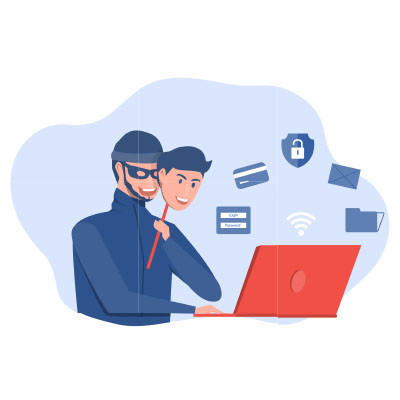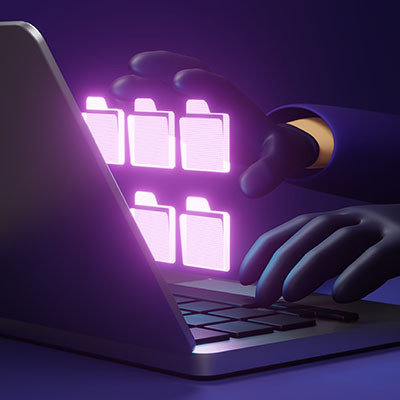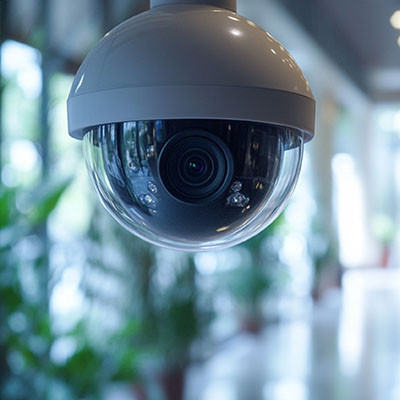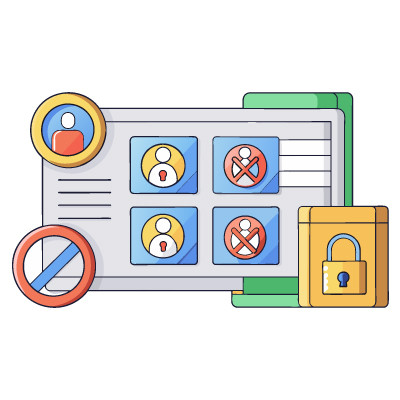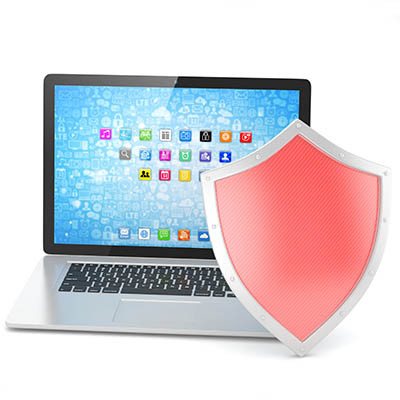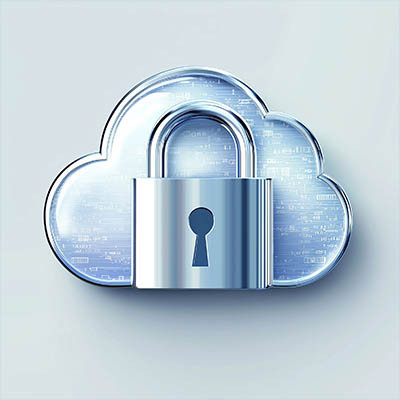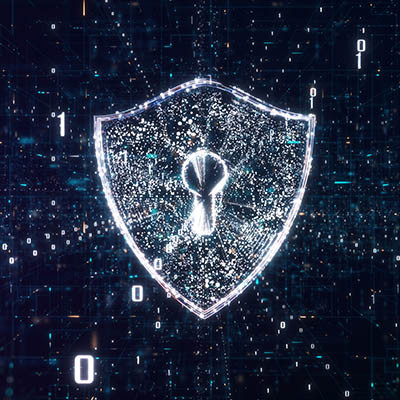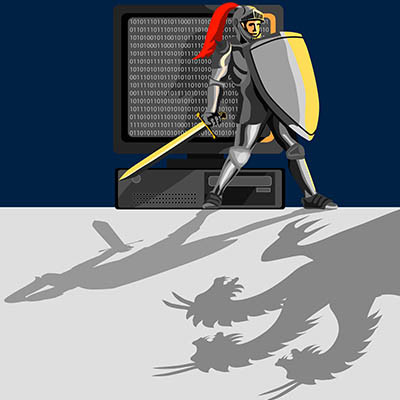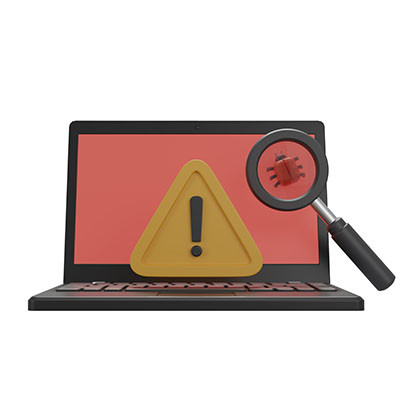Imagine you're just going about your day when you suddenly get an email from a company that says a hacker is targeting you. Since you don't work in IT and aren’t sure about your company's security details, you believe the email and reply. It turns out the email was a scam, unfortunately, and now the hackers have tricked you completely.
Washington Works Blog
People leave their jobs for all types of reasons. Sometimes they move on to different opportunities, sometimes they retire, and sometimes, the change is initiated by you. Regardless of the reason for their departure, they’re gone, and you have some loose ends to tie up before you can begin the process of finding their replacement. Let’s look at five things you need to do immediately when someone leaves your organization.
Happy Valentine’s Day! While this holiday is all about love, it just so happens to fall smack in the middle of tax season in the United States. So, while you’re hoping to get a sweet message from that special someone, there’s a chance you might also receive a text or an email from the Internal Revenue Service… or is there?
As it turns out, you won’t… but that’s a fact that scammers are hoping you won’t know.
What happens to all the data that gets stolen by hackers during their despicable campaigns? Sometimes it gets destroyed, but more often than not, it ends up on the Dark Web, where it’s put to other nefarious purposes. Today, we want to discuss the Dark Web and why it’s so important you monitor it for your business’ data.
Have you ever thought about whether a hacker could secretly read your emails with your clients and coworkers? If you handle your own email system, it's really important to know about email encryption. Encryption helps keep your emails safe and private so you can focus on running your business without worrying about hackers.
Here are three big problems you could face if you don’t encrypt your emails:
Got a new computer for the holidays? That’s awesome! But before you get too excited, let’s talk about your old device. You can’t just toss it out—there’s a right way to get rid of it that keeps your personal info safe and the environment happy. In today’s blog, we discuss what to do with your old computer.
Securing your network is essential in this age of near-constant cyberthreats. One of the best ways individuals and businesses have to secure their accounts is through two-factor authentication. How do you make the most out of it? Let’s discuss the best practices to ensure your 2FA setup keeps your digital life safe.
Keeping your smartphone safe for work is something that we all need to do. Not only do you have all of your personal data, if you use it for work, it probably has access to work emails, files, and other sensitive information, making it a target for hackers. To make sure it stays secure, here are some simple tips anyone can follow.
Happy New Year! The coming weeks and months hold great promise for us all. Unfortunately, “us all” includes cybercriminals and hackers looking to use cutting-edge tactics to their fullest advantage. As a result, it is even more necessary to be aware of and prepared for the cybersecurity threats that 2025 is likely to see.
Digital security cameras have changed the game when it comes to keeping places safe. They can be beneficial in all types of situations. Offices, retail spaces, warehouses, and other properties should be covered by some type of surveillance. This not only allows for real-time security, it can reduce liability and have a positive effect on an organization’s bottom line. Here's a breakdown of three big reasons why they’re better than old-school analog cameras.
Technology is so ingrained in business that it’s nigh-impossible to operate without it. For this reason, cyberattacks on businesses are even more devastating, as they can halt operations and expose important data. Today, we want to highlight five common problems you might encounter with your cybersecurity.
Let me ask you this: would you trust every one of your team members with a key to your house? Of course not, right? After all, what if someone lost their copy or had it stolen from them?
So, if you wouldn’t trust your entire team with access to your home, why on earth would you trust them with carte blanche access to your entire business and all of its data?
That’s just it… you wouldn’t.
If you have the guts to start a business, having it succeed is a massive reward, especially considering how much work you’ve had to do to make that a reality. Unfortunately, for businesses worldwide, all that hard work and dedication could be destroyed after a cyberattack. This month, we'll discuss how exactly cyberattacks ruin an otherwise successful business.
A business email compromise attack is a phishing scam in which a scammer uses email to take possession of capital—either in the form of data or actual finances—from the organization they choose to target. Lately, these scams have been observed to focus on schools.
Let’s review the situation at hand and what is at stake.
Business cybersecurity is increasingly important for every organization in operation today, to the point where it could very well be the difference between your business’ survival or failure. While extensive things must be accomplished to ensure your overall business continuity, you have to start somewhere.
Let’s review some of the most essential things you can—and need to—do to keep your business secure.
Over a quarter of all data breaches target small businesses, and the cost of a breach can be devastating. To protect your business’ data and infrastructure, small businesses need a combination of effective technology tools and well-planned strategies. Here are some key steps your business can take to safeguard itself against digital theft.
In business today, technology plays a big role. Unfortunately, by using technology, each individual has to make security considerations. This is because there are more cyberattacks today than ever before. To keep business rolling effectively, today’s workers must carefully consider and understand their role in their organization’s cybersecurity initiatives. In today’s blog, we look at four ways they can do just that.
Everywhere you look on the Internet, there’s a scam, threat, or other malicious entity.
Okay, maybe that’s not 100% true, but the possibilities are nearly endless for hackers. They’ll hide spyware, adware, and even ransomware online, so you must take measures to ensure that your devices and business are safe.

